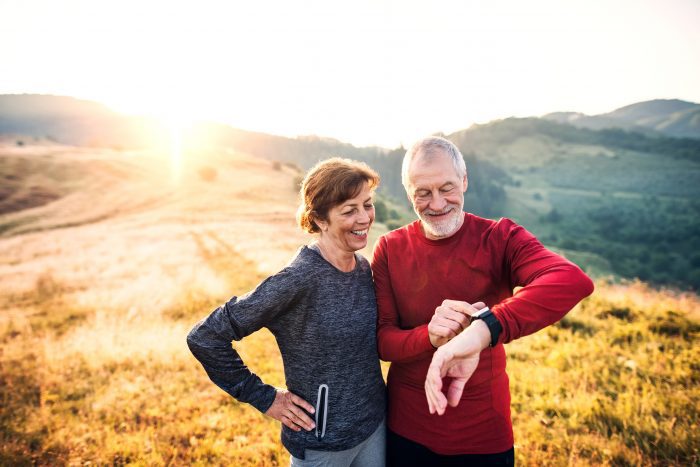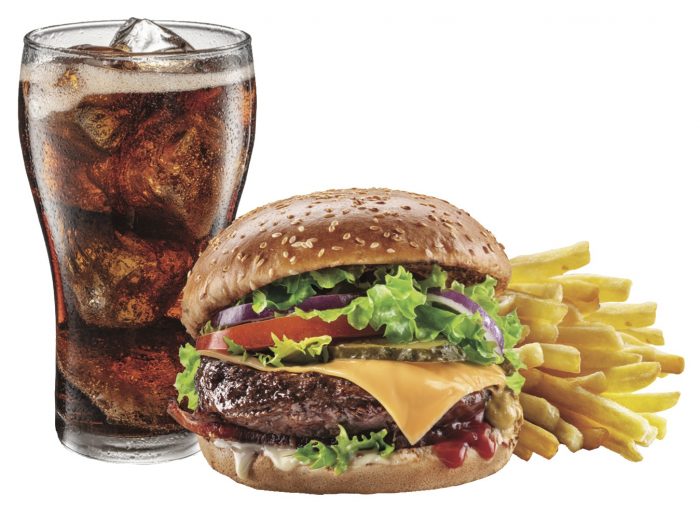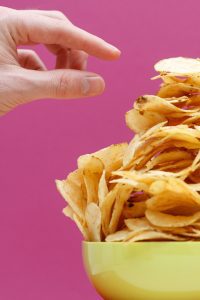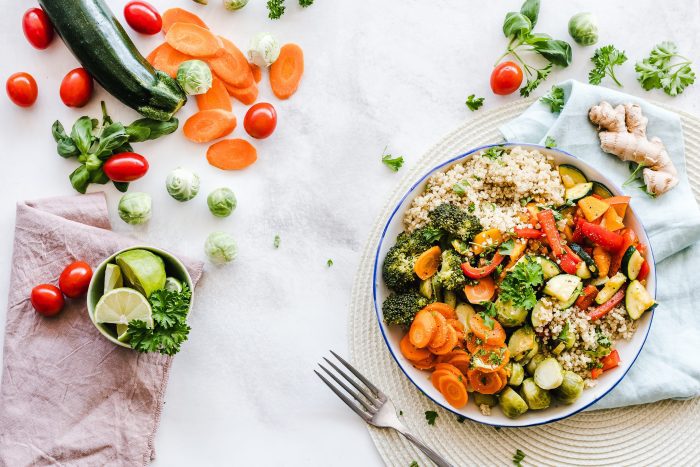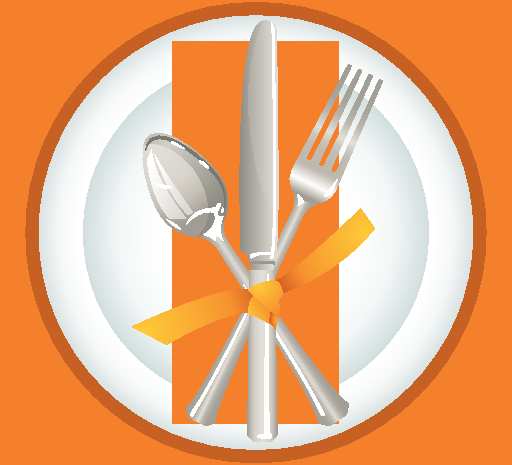Even modest exercise may impact your health outcomes
By David Dunaief, M.D.

Last week, I wrote about the challenges of relying on exercise for weight loss. That’s not to say that it’s not important to exercise. It has powerful effects in altering how our genes express themselves and can improve our outcomes with specific diseases, such as diabetes and a host of other health issues, including kidney stones, osteoarthritis, cardiovascular disease and breast, colorectal and endometrial cancers (1).
Despite all the positives, it’s sometime difficult to motivate yourself to exercise. However, there are some simple ways to motivate yourself during exercise. One study showed that those who repeated positive mantras to themselves during exercise were able to persist for longer periods (2).
Why is this so important now? Because we are too sedentary, and this is the time of the year when we are especially so. According to data from the 2015-2018 Behavioral Risk Factor Surveillance System, the Northeast had among the highest levels of physical inactivity by U.S. region, at 25.6 percent of the population (3).
Can exercise alter your fat genes?
Exercise may have a significant impact on how our genes express themselves.
In a study, results showed that thousands upon thousands of genes in fat cells were affected when participants exercised for six months (4). The study involved sedentary men and had them exercise twice a week at a one-hour spin class. According to the researchers, the genes impacted were those involved most likely in storing fat and in risk for subsequent diabetes and obesity development. These participants also improved other important health metrics, including their cholesterol, blood-pressure, fat percent and, later, their waist circumferences.
The effect identified on the fat cells is referred to as epigenetics, where lifestyle modifications ultimately lead to changes in gene expression, turning them on and off. This has been shown with dietary changes, but this is one of the first studies to show that exercise also has significant impacts on our genes. It took only six months to see these numerous gene changes with modest amounts of cardiovascular exercise.
Do you need more encouragement? Another study showed substantial gene changes in muscle cells after one workout on a stationary bike (5). Yet another introduced six weeks of endurance exercise to healthy, but sedentary, young men and identified an abundance of genetic changes to skeletal muscle with broad impacts on physical and cognitive health (6).
Which is better: exercise or drug therapy?
What if we could forgo medications for cardiovascular disease by exercising? One meta-analysis, which examined 57 studies that involved drugs and exercise, showed similar benefits between statins and exercise in mortality with secondary prevention of coronary heart disease (7). This means that, in patients who already have heart disease, both statins and exercise reduce the risk of mortality by similar amounts. The same study also showed benefits for those with pre-diabetes and the use of metformin vs. exercise. It didn’t matter which one was used, the drug or the lifestyle change.
While these results are exciting, don’t change your medication without consulting your physician.
How does exercise help with kidney stones?
Anyone who has tried to pass a kidney stone knows it can be an excruciating experience. Most of the treatment involves pain medication, fluids and waiting for the stone to pass. However, the best way to treat kidney stones is to prevent them.
In the Women’s Health Initiative Observational Study, exercise reduced the risk of kidney stones by as much as 31 percent (8). Even better, the intensity of the exercise did not change its beneficial effect. What mattered more was exercise quantity. One hour of jogging or three hours of walking got the top results; however, lesser amounts of exercise also saw substantial reductions. This study involved 84,000 postmenopausal women, the population most likely to suffer from kidney stones.
Is sexual activity really exercise?
We have heard that sex may be thought of as exercise, but is this myth or is there actual evidence? According to research, this may be true. In a study, researchers found that young, healthy couples exert 6 METs — metabolic energy, or the amount of oxygen consumed per kilogram per minute — during sexual activity (9).
How does this compare to other activities? We exert about 1 MET while sitting and 8.5 METs while jogging. In terms of energy utilized, sexual activity falls between walking and jogging, therefore, it can be qualified as moderate activity. Men and women burned almost half as many calories with sex as with jogging, burning a mean of 85 calories over about 25 minutes. Who says exercise isn’t fun?
I can’t stress the importance of exercise enough. It not only helps you feel better, it may also influence gene expression and, ultimately, affect your development and prevention of disease. In certain circumstances, it may be as powerful as medications. Therefore, make exercise a priority — part of the fabric of your life. It may already be impacting the fabric of your body: your genes.
References:
(1) JAMA. 2009;301(19):2024. (2) Med Sci Sports Exerc. 2013 Oct 10. (3) cdc.gov. (4) PLoS Genet. 2013 Jun;9(6):e1003572. (5) Cell Metab. 2012 Mar 7;15(3):405-11. (6) Mol Metab. 2021 Nov;53:101290. (7) BMJ. 2013; 347. (8) JASN. 2013;24(3):p 487-497. (9) PLoS One 8(10): e79342.
Dr. David Dunaief is a speaker, author and local lifestyle medicine physician focusing on the integration of medicine, nutrition, fitness and stress management. For further information, visit www.medicalcompassmd.com or consult your personal physician.


